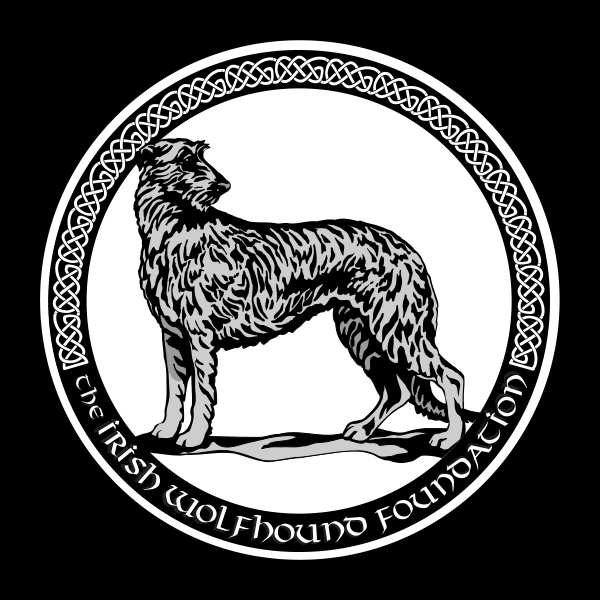I have long been interested in the effects of coat color on eye color and pigmentation. I met with a breeder of Greyhounds and Afghans to discuss the color dilution in one of the breeds and its effect on eye color. If puppies appear with different green, blue or yellow eye colors, what coat colors influence that and does it always relate to coat color?
In these two breeds, like ours, the standard calls for a dark eye. However, that is difficult, if not impossible, to maintain in dogs that are blue-factored. In one particular instance, a red brindle was bred to a blue brindle. What are the possible outcomes?
In Dachshunds, breeders have incorrectly bred double dapples to same and produced no eyes, blue eyes and small eyes. In reds, breeding for several generations of these colors together and then having an inbreeding resulted in green eyes and Dudley noses. In Shelties, it has generally been the practice to breed blue merles to black, not to sable. Recently blues have been bred to sables, producing something called a sable merle, which I am told can be distinguished at a young age but, when older, looks like a sable. This sable merle, in turn, bred to a sable can and has produced dogs with one blue and one brown eye. Not something being received well by the responsible breeders!
In our breed, we should be alert to eye color and/ or pigmentation, as dogs with questionable pigmentation bred incorrectly can result in still worse pigmentation and/or green or blue eyes. This blue factor can appear in what seems to be a grey; in reds brindles; and in wheaten brindles but with an underlying white with a black brindle, and probably others as well. Eye color, rather than being a dark gold or brown, can be a washed out yellow color or amber, which is a color that occurs in the blue brindle or blue fawn greyhounds. These dilute eyes appear flat, rather than having depth to them, as you look into them.
What can happen when large amounts of white appear in the coat? In Boston Terriers, excessive white sometimes comes in conjunction with blue eyes, which can be related to other health issues. It is interesting to note that in Deerhounds, under “Color,” it says, “White is condemned by all authorities but a white chest and white toes, occurring as they do in many of the darkest-colored dogs, are not objected to, although the less the better for the Deerhound is a self-colored dog. A white blaze on the head or a white collar, should entirely disqualify.” I bring this up as one might wonder if the early authors of this Standard might be telling us something about the effects of excessive white markings and the problems this might create if left unattended in a breeding program.
In Rhodesian Ridgebacks, excessive white is also addressed—and this in a breed that calls for light wheaten to red wheaten in coat color. In Otter Hounds, the Standard says that “eyes are dark, but may vary with the color of the hound,” and, additionally, under color, “Any color or combination of colors is acceptable. The nose should be darkly pigmented, black or liver, depending on the color of the hound.”
The late Brig. Gen. A. W. DeQuoy, who was a master historian in our breed and a man with a brilliant mind, discussed eye color by saying that while the “List of Points in the Order of Merit” called for a dark eye as No. 16, it did not say brown....arguing that a gold eye could still be dark. An interesting statement, as this is exactly what some Greyhound breeders have said...thirty years later.
A study of our Irish Wolfhound Standard, along with the study of other breed standards, can only enhance our ability to truly understand the dog in front of us. You must have a vision of the ultimate dog in your mind, and this can only be done if you actually understand all of the parts, and how they create form and function.
A desire to learn and understand....not just to breed....is what sets the breeders and protectors of the breed apart from those just breeding dogs and calling themselves breeders. The issue of color dilution is just one of many issues that need to be addressed in a breeding program.


